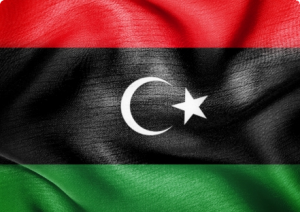Libyans head to the polls on July 7 to elect a national assembly in the nation's first election in a generation almost a year after ousting Muammar Gaddafi in a NATO-backed rebellion. Below are some facts about the Libyan election and the role of the new national assembly:
THE VOTE
- 200 seats in the national assembly will be contested in the election. Of those, 80 will go to political parties and the rest to independent candidates.
- The election will be a mix of two systems. Individual candidates will be elected by simple majority and party lists will be elected by proportional representation.
- Libya is split into 13 districts and 73 constituencies for the vote. Of these, 19 will only have a simple-majority contest, four will just use proportional representation. Libyans voting in the remaining districts will have to navigate both systems.
- Libyans began registering for the election in May and more than 2.7 million people, or about 80 percent of those eligible voters, have put their names down to vote.
- There are 2,500 independents eligible to run and about 1,200 candidates running under the banner of political parties and groupings, according to the electoral commission. Candidates are being fielded by 142 political groups.
- International observers will be present during the polls. The European Union has sent an assessment team. The Carter Center is also deploying a mission; however security concerns will restrict the deployment of monitors in some areas.
THE NATIONAL ASSEMBLY
- The National Transitional Council will be disbanded after the polls.
- Once elected, the national assembly will be tasked with appointing a new government to replace Prime Minister Abdurrahim El-Keib's interim government and enacting legislation.
- It will also name a committee to draft a constitution and will oversee its ratification in a national referendum.
- Once the constitution is ratified, the national assembly will schedule a new round of elections in 2013.
(Source: Chicago Tribune)





